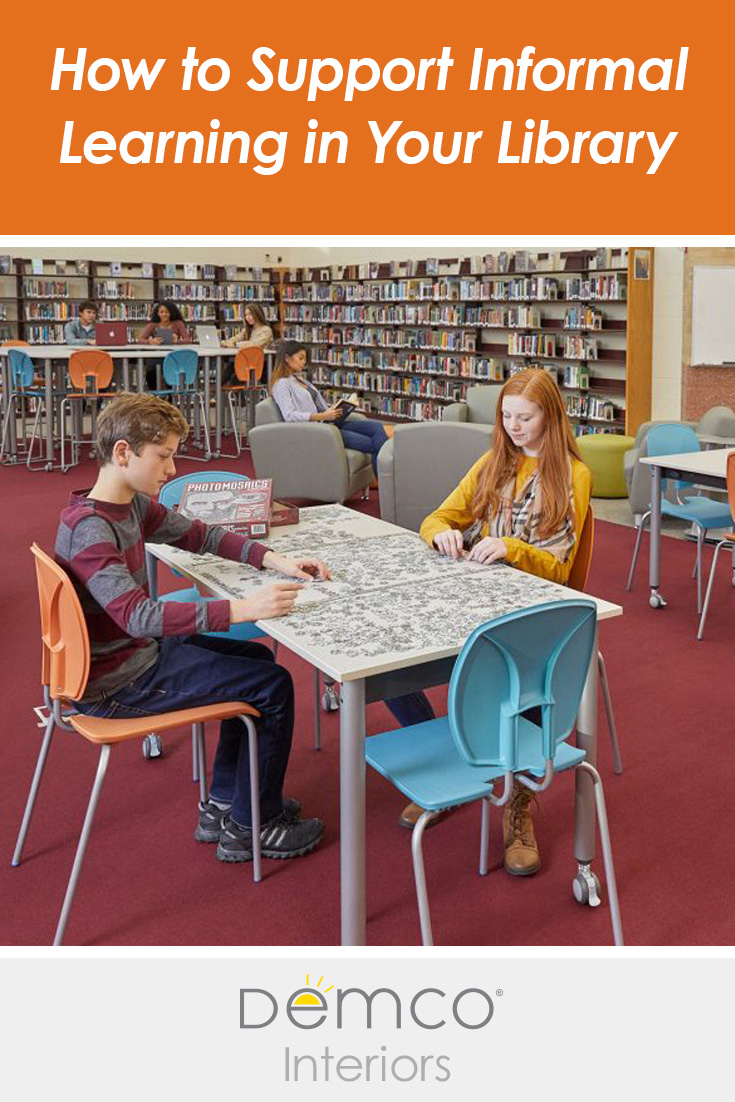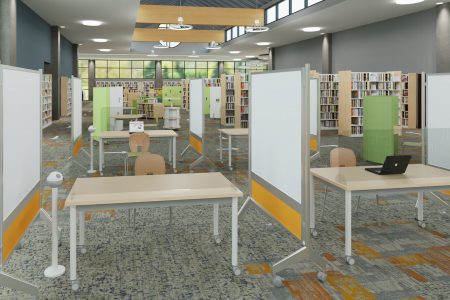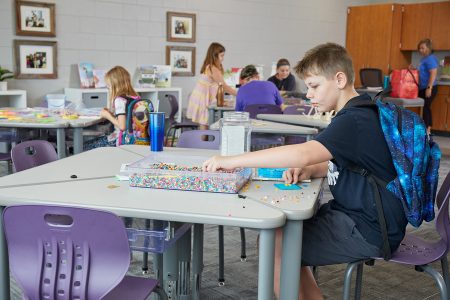 Informal learning is learning outside the traditional boundaries of education. It stands in contrast to formal learning, which includes a curriculum, an instructor, and an assessment. According to Jay Cross, most of our learning occurs “by making mistakes, by experience, by asking the person sitting next to you.” In fact, researchers have posited that up to 75% of learning occurs through informal channels.
Informal learning is learning outside the traditional boundaries of education. It stands in contrast to formal learning, which includes a curriculum, an instructor, and an assessment. According to Jay Cross, most of our learning occurs “by making mistakes, by experience, by asking the person sitting next to you.” In fact, researchers have posited that up to 75% of learning occurs through informal channels.
Given that informal learning is such an important part of individual growth, it stands to reason that librarians should consider how to create space that supports this type of learning. Libraries are places of both knowledge consumption and knowledge creation. But how do you create spaces that foster informal learning? You should consider three key components when designing spaces that promote informal learning: furniture, space design, and technology.
Furniture
- Flexible furniture: Help to promote informal learning by allowing library users to create spaces that meet differing needs. Look for furniture on wheels or glides that can be easily moved and tables that can be reconfigured to accommodate different-sized groups.
- Seating options: Include a variety of seating options so users can choose a spot to work where they are most comfortable. These might include lounge seating, active seating, or chairs with arm desks.
- Work surfaces: Include a variety of work surfaces as well so that users can choose to sit or stand while using library resources.
- Collaboration tools: Inspire spontaneous ideation and collaboration with a variety of whiteboard surfaces, including dry-erase tables, mobile whiteboards, and dry-erase room dividers.
Get ideas and inspiration for flexible furniture, seating, and collaboration areas:
Space Design
- Adaptable Spaces: Create spaces you can use for multiple events. Some spaces have constraints, but the more adaptable the space can be, the more informal learning can occur. Look for furnishings that can pull double-duty or that can be easily rearranged by users without your help. Mobile charging stations can provide power access almost anywhere your users need it.
- Quiet Spaces: Many individuals come to the library to consume knowledge. They visit to read books, browse magazines, look at genealogy records, spend time on the internet, and more. Therefore, your space needs to be designed so individuals can consume knowledge in informal, comfortable settings. Provide quiet places for individuals and groups, and design space for reflection and studying.
- Creation Spaces: Knowledge creation is also something many individuals have come to expect from libraries. Users visit the library to design objects in the makerspace, and they attend workshops to learn how to sew, write poetry, and cook. Support these informal learning pursuits by creating a makerspace or workshop space and building spaces for collaboration and communication.
Get ideas and inspiration for adaptable spaces, comfortable areas, and creation spaces:
Technology
- Serendipitous discovery: Provide opportunities for individuals to randomly stumble across information through exploration. This requires having access to Wi-Fi, outlets, and computers.
- Technology exploration: Provide opportunities for library users to explore new technologies. Include technologies that are easily accessible and place them in an area that allows users to interact with them. Library users may have questions about new technology, so placing technology within easy access to library staff is another important consideration. Finally, provide ideas for how the new technology can be used. These ideas can be listed on a handout or written on a sign.
- Communication: Good communication is essential for supporting library patrons’ use of technology for informal learning. Include signs that let patrons know the technology is for their use. Additionally, create both written and video instructions for how to use the technology.
Get ideas and inspiration for technology tools:
Dr. Lauren Hays
Latest posts by Dr. Lauren Hays (see all)
- How Library Furniture, Space Design, and Technology Support Informal Learning - May 31, 2019
- How to Create an Active Learning Environment - December 6, 2018




